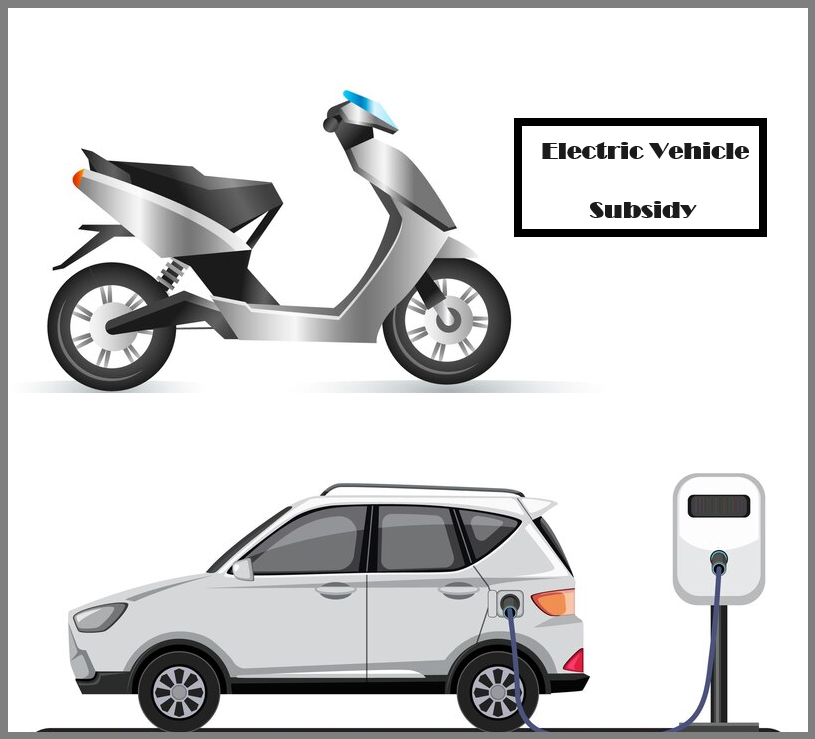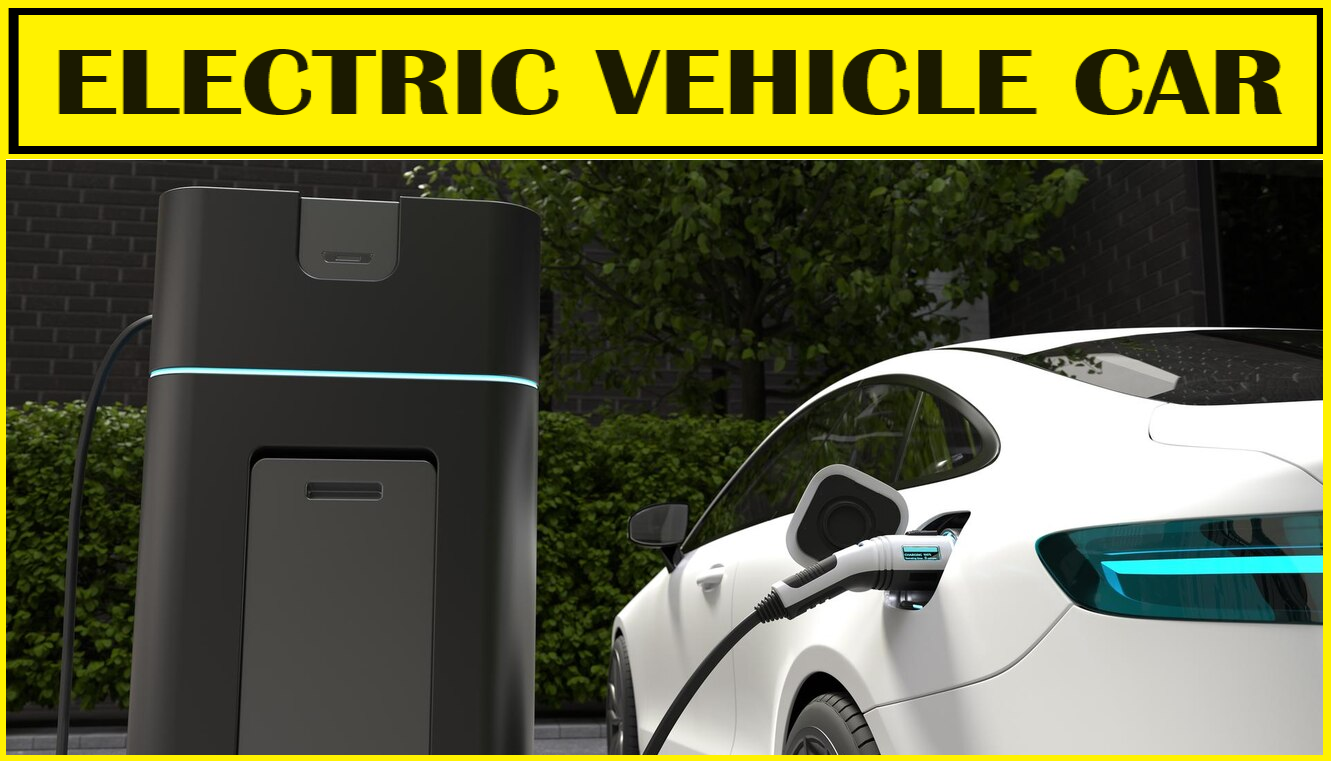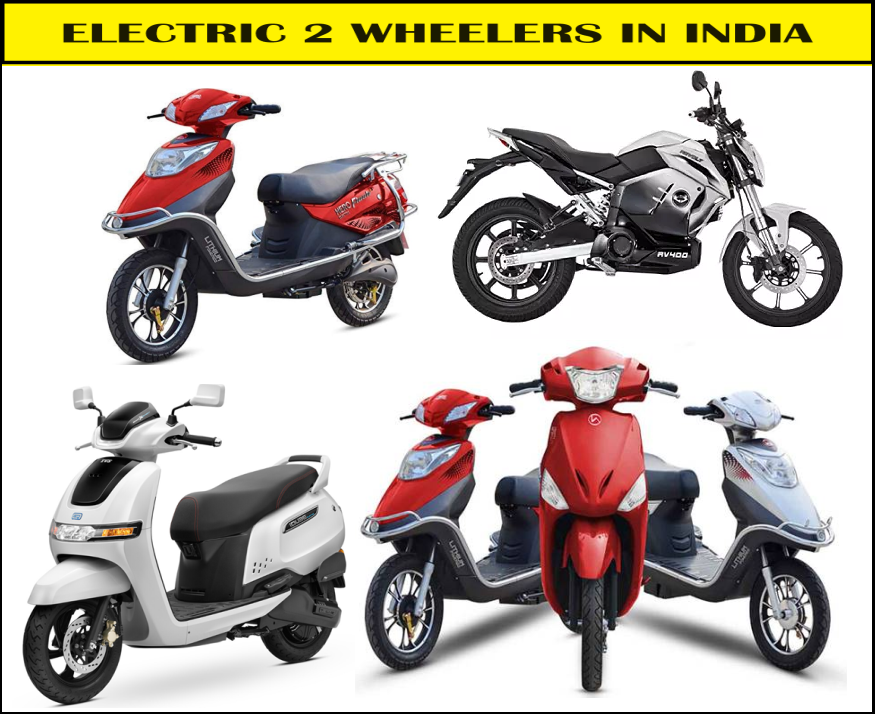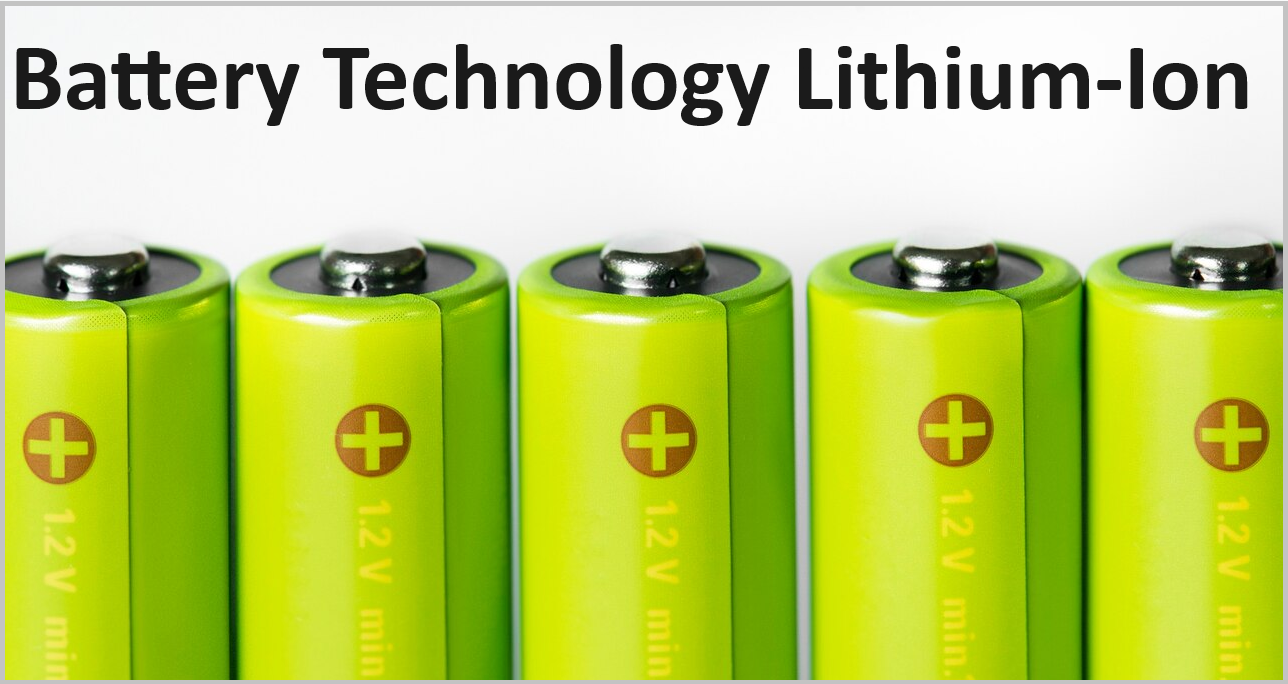I
ndia has been making significant strides in the adoption of electric vehicles (EVs). Points regarding electric vehicles in India:
Government Initiatives: The Indian government has been actively promoting electric vehicles to reduce emissions and dependence on fossil fuels. India has launched various initiatives to promote the adoption of electric vehicles, such as the Adoption and Manufacturing of (Hybrid and) Electric Vehicles (FAME) scheme.
Policy Support: In 2019, the government announced plans to transition to electric vehicles by 2030. While this target has been deemed ambitious and may be revised, it reflects the government’s commitment to promoting EVs.
Charging Infrastructure: One of the critical challenges for EV adoption is the lack of charging infrastructure. Efforts are being made to address this issue by both the government and private players. Companies like Tata Power and Charge Point have been investing in charging infrastructure across the country.
Electric Two-Wheelers: Electric two-wheelers have seen significant growth in India due to their affordability and suitability for urban commuting. Companies like Hero Electric, Ather Energy, and Revolt Motors are some of the key players in this segment.
Electric Cars: While the adoption of electric cars has been slower compared to two-wheelers, there has been increasing interest from both manufacturers and consumers. Companies like Tata Motors, Mahindra & Mahindra, and MG Motor have introduced electric car models in the Indian market.
Economic Factors: The total cost of ownership for electric vehicles is expected to become more competitive compared to internal combustion engine vehicles due to decreasing battery costs and government subsidies.
Local Manufacturing: To promote domestic manufacturing and reduce dependence on imports, the Indian government has been encouraging local production of electric vehicle components and batteries.
Challenges: Despite the progress, challenges such as high upfront costs, range anxiety, and lack of charging infrastructure in certain areas still remain significant barriers to mass adoption.
There are challenges to overcome, the momentum towards electric vehicles in India is growing, driven by both government policies and market forces. The transition to electric mobility is expected to play a crucial role in reducing pollution and carbon emissions in the country.

Electric Vehicle Subsidy
The Indian government has implemented several subsidy schemes and incentives to promote the adoption of electric vehicles (EVs) under the Faster Adoption and Manufacturing of (Hybrid &) Electric Vehicles in India (FAME) scheme.
FAME India Scheme: The FAME India Scheme was launched by the government to encourage the adoption of electric and hybrid vehicles in the country. It provides financial incentives to buyers of electric vehicles across various segments, including two-wheelers, three-wheelers, four-wheelers, and buses.
Subsidies for Two-Wheelers and Three-Wheelers: Under the FAME India Scheme, significant subsidies are provided for electric two-wheelers and three-wheelers. These subsidies are aimed at reducing the upfront cost of purchasing electric vehicles and making them more affordable for consumers.
Subsidies for Four-Wheelers: Electric cars are also eligible for subsidies under the FAME India Scheme, although the amounts may vary depending on factors such as the vehicle’s battery capacity and technology. These subsidies help reduce the overall cost of electric cars and make them more competitive with conventional vehicles.
Incentives for Charging Infrastructure: In addition to subsidies for electric vehicles, the government also provides incentives for setting up charging infrastructure. This includes subsidies for the installation of public charging stations and support for research and development in charging technology.
State-Level Incentives: Some states in India also offer additional incentives and subsidies for electric vehicles on top of the central government’s schemes. These incentives may include exemptions from road tax, registration fees, and other levies.
GST Reduction: The government has reduced the Goods and Services Tax (GST) rate on electric vehicles from 12% to 5%, making them more affordable for consumers.
It’s important to note that subsidy amounts, eligibility criteria, and other details may vary over time as government policies evolve.

Electric Vehicle Car
An electric vehicle, also known as an electric vehicle (EV), is a vehicle that uses mostly or entirely electricity from electricity stored in batteries.
Battery Powered: Electric cars use an electric motor powered by a rechargeable battery as the main source of support. These batteries can be charged by plugging the vehicle into an electrical outlet, such as a home charging station or public charging station.
Zero Emission: Unlike hybrid cars that burn fossil fuels and produce emissions, electric cars produce zero emissions while driving. This makes them environmentally friendly and helps reduce pollution and greenhouse gas emissions.
Driving range: The cruising range of an electric vehicle refers to how far it can go on a single charge. Much of this depends on factors such as battery capacity, driving style and vehicle performance. Electric cars today typically have a range of 100 miles (160 kilometers) to 300 miles (480 kilometers) on a single charge.
Charging Infrastructure: One of the challenges of owning an electric vehicle is access to charging infrastructure. But payphones are rapidly becoming more common, with numerous public charging stations in cities, along highways, and in places like shops and offices.
Business: Electric cars are known for their instantaneous power. Deliver, deliver smooth and responsive acceleration. Many electric cars have good performance and maintainability due to the characteristics of the electric motor such as high power at low voltage.
Cost of Ownership: While electric cars generally have higher premiums than traditional cars, their owning and operating costs can be higher. This is because electricity is generally cheaper than gasoline or diesel, and electric cars have fewer moving parts, so maintenance costs are lower.
Types of Electric Vehicles: There are many types of electric vehicles, including battery electric vehicles (BEV) that run solely on batteries; Plug-in hybrid electric vehicle (PHEV) equipped with both. electric motor and gasoline engine; and hybrid electric vehicles (HEVs), which use a combination of internal and external electric motors.
Government Support: Many governments around the world provide support and incentives to encourage electric vehicles, such as tax credits, rebates, and exemptions from shipping or trucking fees.
Electric cars are a promising alternative to other cars, offering advantages such as environmental safety, energy efficiency and better driving. As technology continues to advance and charging systems continue to improve, electric vehicles will play a significant role in the transportation of the future.

Electric two wheelers in India
Electric two-wheelers have attracted considerable attention in India due to their suitability for urban commuting, low operating costs and environmental benefits.
Market Growth: The electric two-wheeler market in India has been growing steadily in recent years due to factors such as rising fuel prices, rising environmental awareness and government incentives.
Variety of models: Several manufacturers and startups in India have launched electric two-wheelers, offering a variety of models from electric scooters to electric bicycles. Some of the notable brands in this space include Hero Electric, Ather Energy, Revolt Motors, Okinawa and TVS iQube Electric.
Affordability: Electric two-wheelers are generally more affordable than EVs, making them available to a wider range of people. Lower operating costs, such as lower fuel costs and reduced maintenance, contribute to greater affordability.
Government subsidies: The Indian government offers subsidies and incentives to encourage the adoption of electric vehicles, including electric two-wheelers. The purpose of these incentives is to reduce the initial cost of buying an electric two-wheeler and make it more attractive to consumers.
Charging infrastructure: The availability of electric vehicle charging infrastructure is still developing in India, although efforts are being made to expand the network, especially in urban areas. In addition, many electric motorcycles have a portable charger that plugs into a standard electrical outlet.
Performance: Electric motorcycles offer smooth, quiet performance and instant torque delivery for a responsive ride. Many electric scooters and electric bicycles have the same functionality as their internal combustion engines.
Environmental benefits: Electric motorcycles have zero emissions and help reduce air pollution and greenhouse gas emissions. This makes it an environmentally friendly alternative to traditional gasoline two-cycles.
Battery Technology: Advances in battery technology such as lithium-ion
